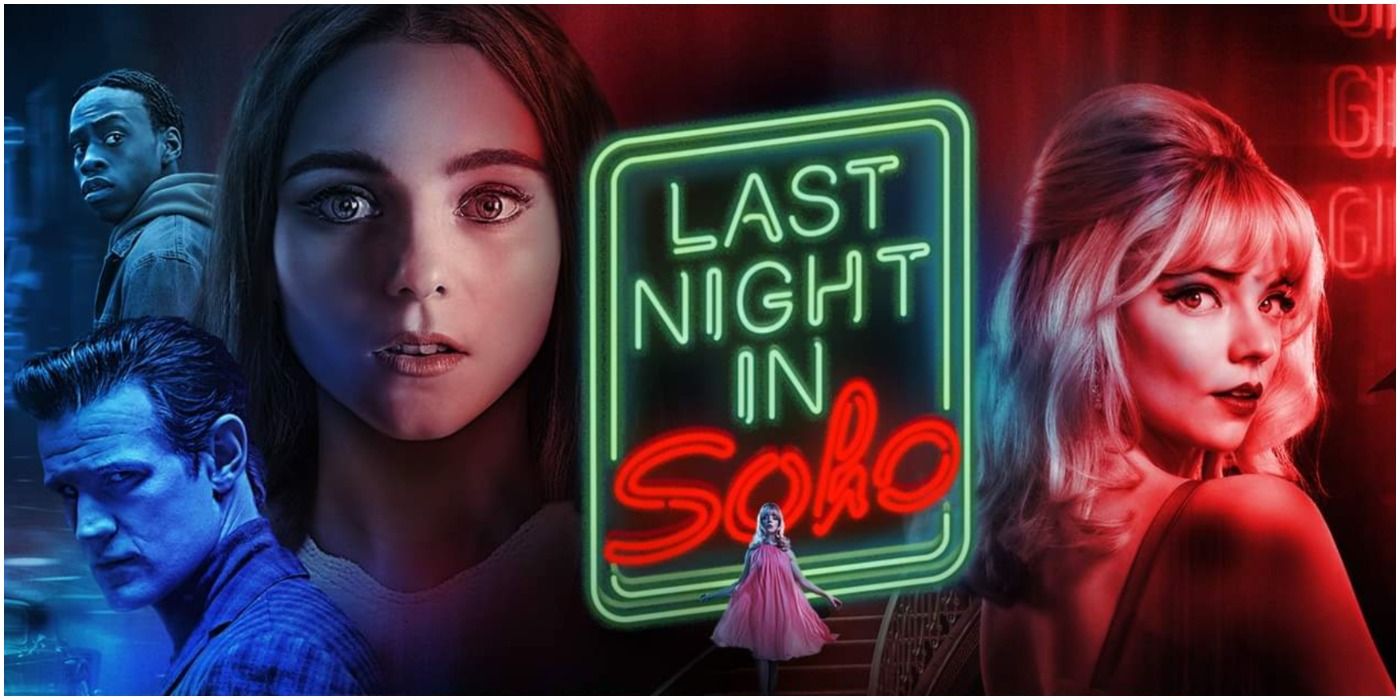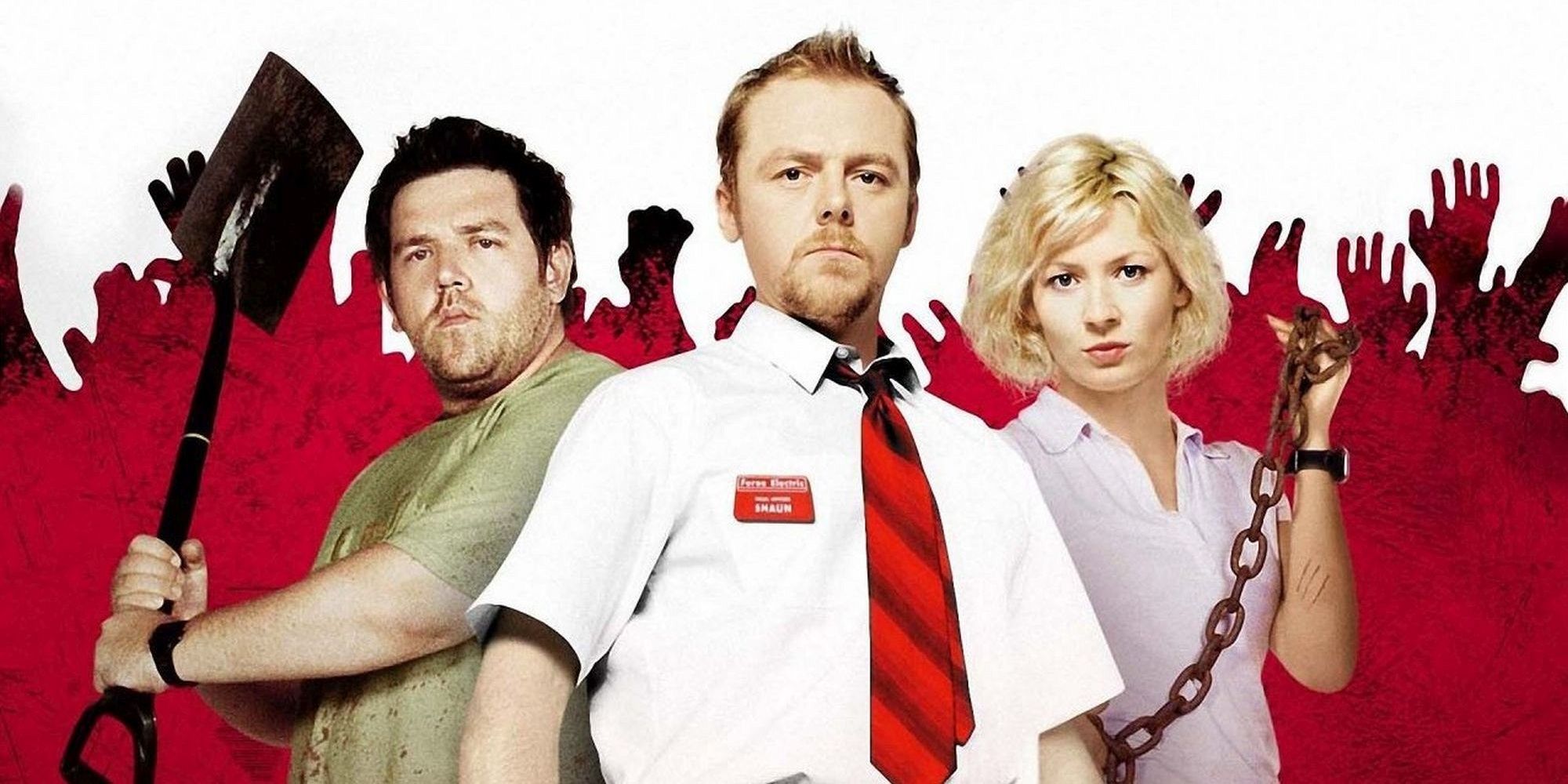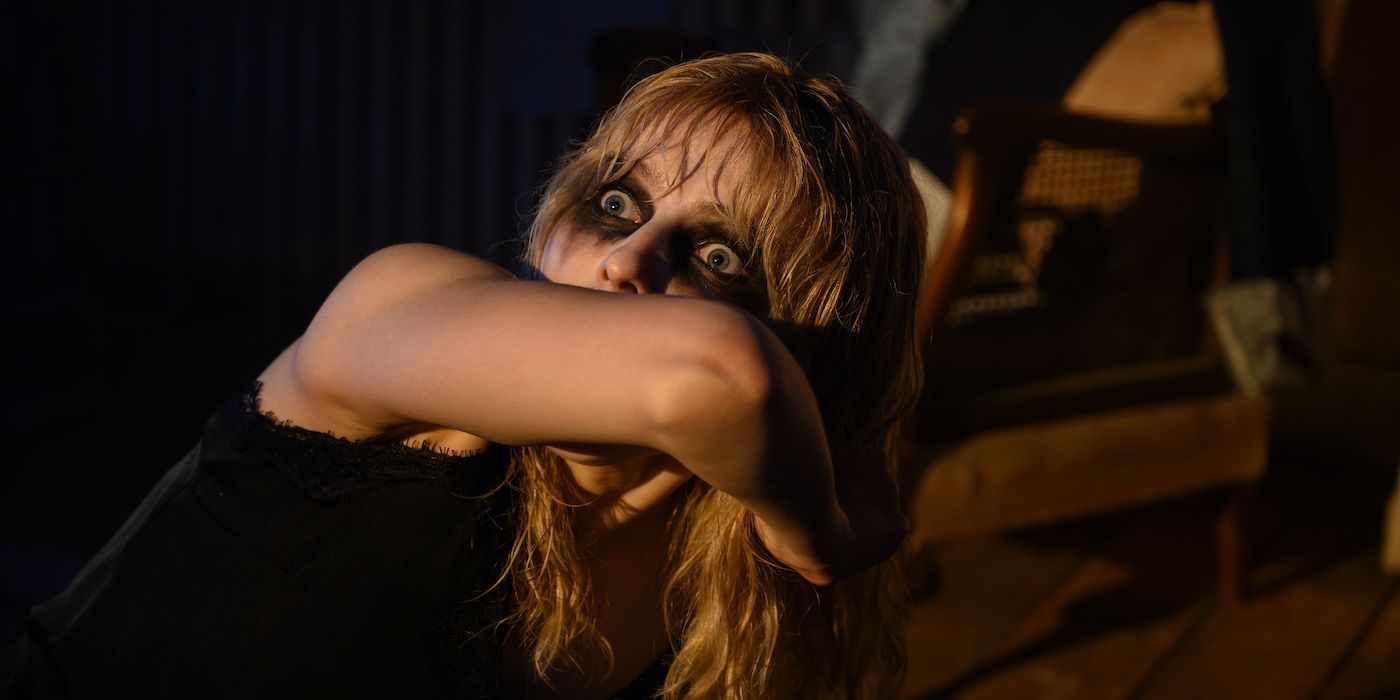
WARNING: The following contains spoilers for Last Night in Soho, now in theaters.
Celebrated filmmaker Edgar Wright's latest movie Last Night in Soho is a full-blown psychological horror piece as a young fashion student named Ellie Turner, that has relocated to London, finds herself transported back to the Swinging Sixties each night. And while Ellie initially embraces the opportunity that this time-traveling odyssey provides her, this dream-come-true quickly turns into a neon-lit nightmare as the bloody secrets from over fifty years ago begin to affect Ellie's waking life, with a serial killer still on the loose in the present and just as deadly as ever. And while Last Night in Soho perhaps doesn't have the amount of quirky, self-aware humor of some of Wright's earlier films, the British director was steadily building his way to a project like this all along.
After a well-received television career, Wright made waves with his 2004 feature film Shaun of the Dead, catapulting him and his work to international audiences. The horror-comedy was heralded as a "zom rom-com," as London was swept overnight by a wave of undead, leading a slacker named Shaun to try to gain some direction in his life while braving the ravenous hordes to seek refuge at his latest pub. Introducing audiences to his quick-cut style and rapidly-paced dialogue and plenty of good-natured humor poking fun at the zombie horror sub-genre, Shaun of the Dead is still very much a horror movie in its own right. Channeling influential filmmaker George A. Romero's landmark work on films like 1978's Dawn of the Dead, Shaun of the Dead features plenty of gory thrills, including one character graphically ripped apart on-screen, balancing horror with the staccato jokes.

These sensibilities would carry on into the next two films of Wright's thematically linked Cornetto Trilogy, named for the flavored ice cream brand that innocuously appears in each of the movies. 2007's Hot Fuzz, while initially presented as a meditation and spoof on buddy-cop movies, had plenty of slasher movie tropes, with a small town's police force realizing there was a neighborhood conspiracy that went through serial killer lengths to keep their community neat and tidy. 2013's The World's End was even more overt in its horror leanings than Hot Fuzz, playing on paranoid alien invasion films like 1978's Invasion of the Body Snatchers as a small English town is the staging ground for a full-on extraterrestrial invasion.
While 2010's Scott Pilgrim vs. the World was a relatively faithful adaptation of the Bryan Lee O'Malley comic book series and 2017's Baby Driver was a heist thriller, Baby Driver would have some the same stylish flair and taut pacing that helped inform the mounting suspense throughout Last Night in Soho. And each of Wright's films has a noted tendency to contain direct nods and allusions to pop culture, with the 1960s often a period referenced; with Last Night in Soho, Wright -- and co-writer Krysty Wilson-Cairns -- get the perfect canvas to delve into the '6os in full, albeit while painting with darker narrative colors.

Last Night in Soho is every inch as stylish, if not more so, than Wright's previous filmmaking outings, and all those themes and cinematic tricks that Wright has developed and honed over the years are on full display and put to good use. And though there are some early jokes to ease audiences into the film, Wright puts the pedal to the floor once the stakes and scope are established, crafting a horror movie that builds upon the foundation he has laid for most of his career into an effective bit of horror cinema.
To see Edgar Wright's horror chops on full display, Last Night in Soho is in theaters now.
0 Comments